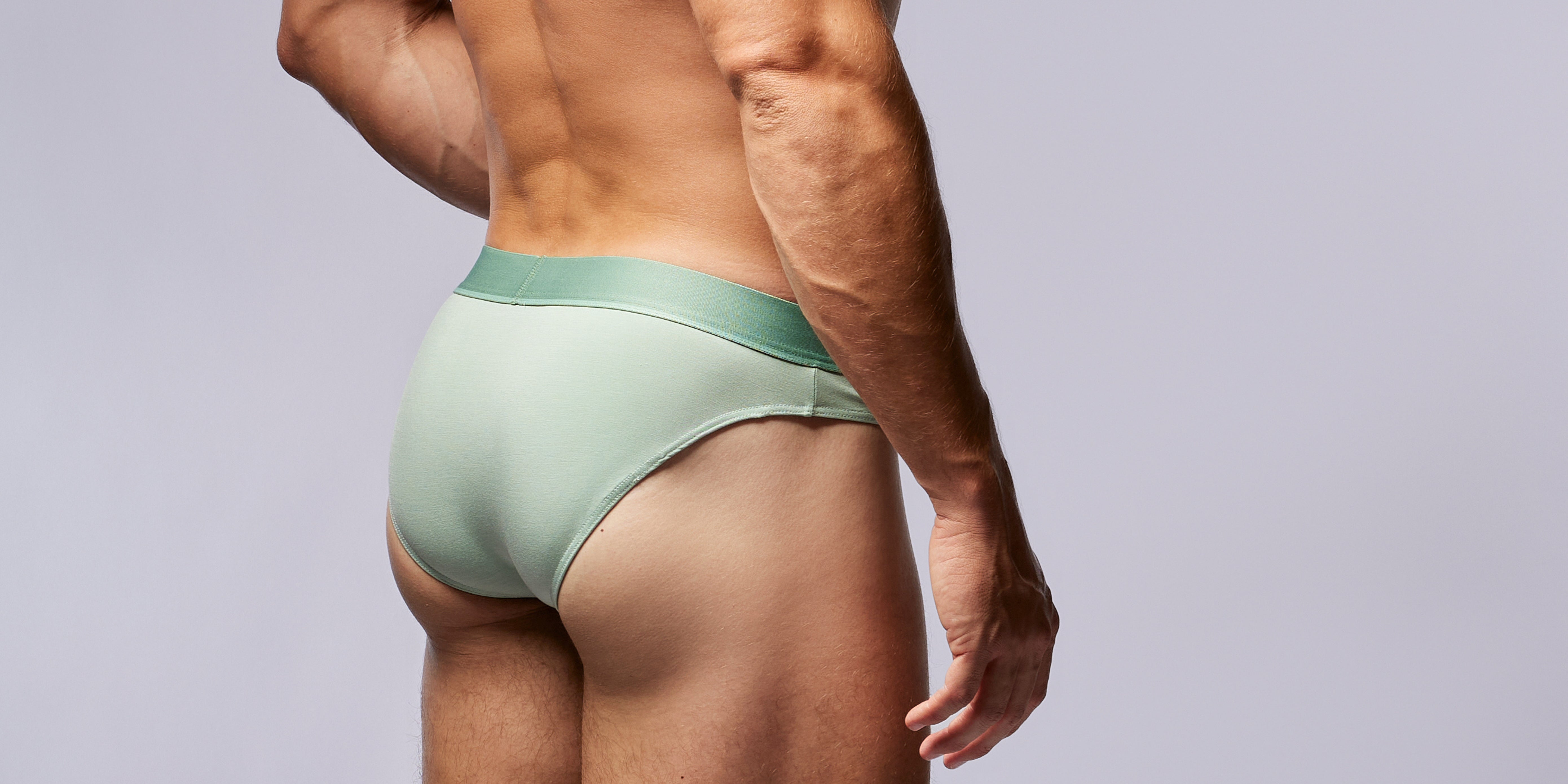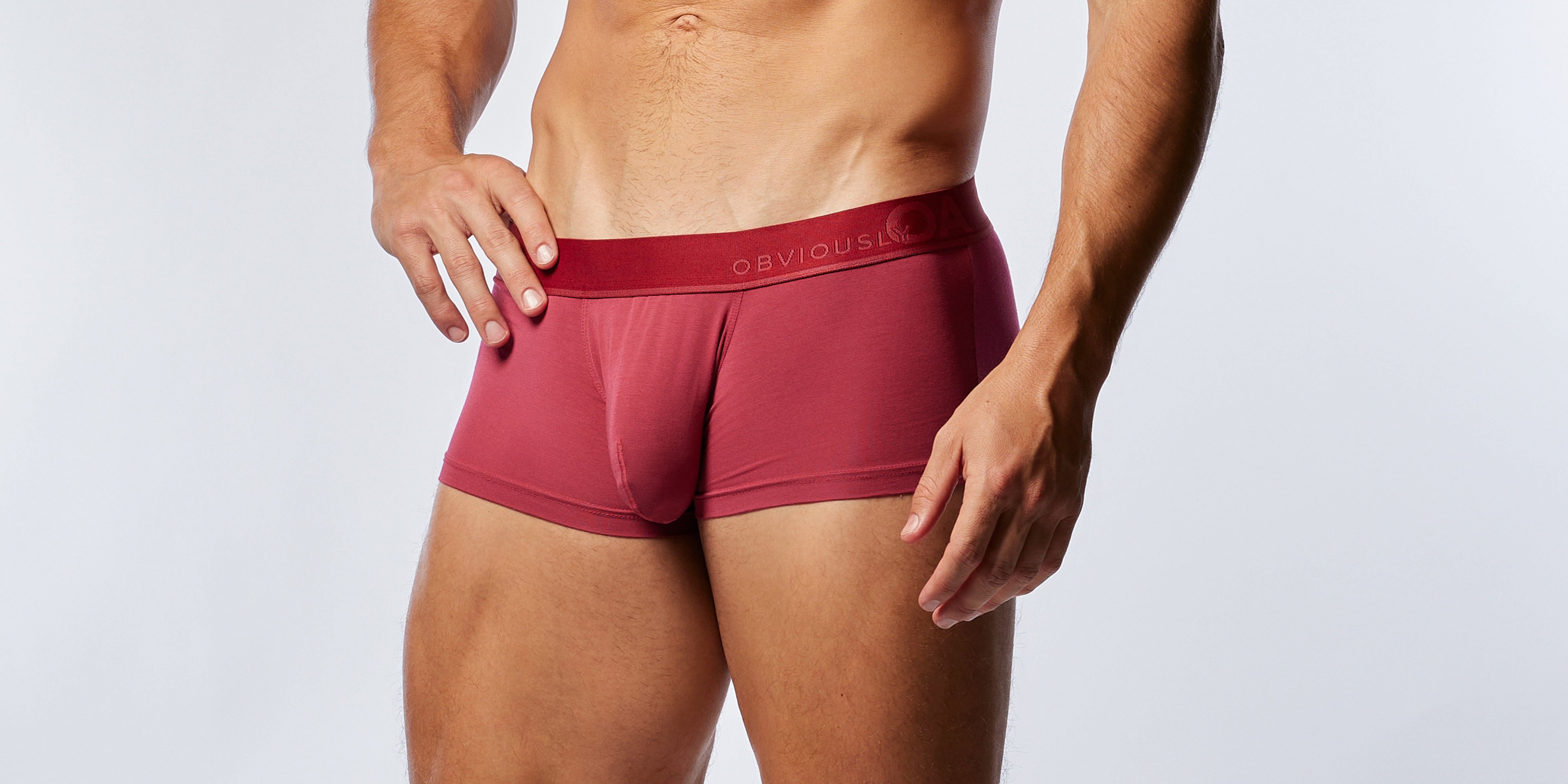
Undergarments vs Underwear: What’s The Difference?
For men who value comfort and style, the choice between undergarments and underwear is more than just semantics—it's about finding the perfect fit for your lifestyle. While both serve as foundational pieces in your wardrobe, their differences can significantly affect your comfort, hygiene, and overall well-being. This article aims to demystify these terms, offering clarity and guidance for those seeking to enhance their clothing choices. Whether you're an active fitness enthusiast or a professional seeking all-day comfort, understanding these distinctions will empower you to make informed decisions that support your daily endeavors.
What Are Undergarments?
Undergarments are foundational pieces of clothing worn as the base layer beneath outer layers, designed to provide comfort, support, and protection. They encompass a broad category that includes items such as briefs, boxers, undershirts, and socks, each serving specific purposes based on the wearer's needs and activities. Crafted from a variety of materials like bamboo, modal, cotton, microfiber, and moisture-wicking fabrics, undergarments are engineered to enhance comfort, manage moisture, and maintain hygiene. They play a crucial role in ensuring that outerwear fits well and feels comfortable, making them an essential component of any man's wardrobe. Whether you're dressing for a day at the office or gearing up for an intense workout, choosing the right undergarments can significantly impact your overall comfort and confidence.
What Are Underwear?
Underwear refers specifically to the garments worn directly beneath outer clothing, primarily designed to cover and support the lower body. This category includes items such as briefs, boxers, boxer briefs, and trunks, each offering varying levels of support and coverage to suit different preferences and activities. Typically crafted from materials like bamboo, modal, cotton, spandex, or blends that offer stretch and breathability, underwear is essential for maintaining comfort and hygiene throughout the day. It serves not only as a barrier between the body and outerwear but also plays a vital role in ensuring a proper fit and preventing chafing. Selecting the right underwear is crucial for achieving optimal comfort, whether you're engaging in physical activities or simply going about your daily routine.
Undergarments vs Underwear: What’s The Difference?
Understanding the Terms
- Undergarments: A broad category that includes all types of clothing worn beneath outer layers, such as undershirts, socks, and underwear itself. They are designed to provide overall comfort, support, and protection.
- Underwear: A specific type of undergarment focused on covering and supporting the lower body, including items like briefs, boxer briefs, and trunks.
Key Differences
- Scope:
- Undergarments encompass a wide range of items, including underwear, undershirts, and socks.
- Underwear is specifically limited to garments worn on the lower body.
- Functionality:
- Undergarments serve multiple purposes, such as enhancing comfort, managing moisture, and protecting outerwear.
- Underwear primarily focuses on providing support, coverage, and maintaining hygiene for the lower body.
- Material and Design:
- Undergarments can be made from various materials, including bamboo, modal, cotton, microfiber, and moisture-wicking fabrics, tailored for different needs.
- Underwear often emphasizes stretch, breathability, and fit, using premium materials like bamboo micromodal and lycra blends.
Choosing the Right Option
- For Daily Comfort:
- Opt for breathable and moisture-wicking undergarments to ensure all-day comfort and hygiene.
- Select underwear that offers the right balance of support and flexibility for your daily activities.
- For Active Lifestyles:
- Consider performance-focused undergarments that provide enhanced support and moisture management.
- Choose underwear with features like anti-chafing seams and quick-dry materials for optimal performance during workouts.

Are Undergarments The Same As Underwear?
No, undergarments and underwear are not the same, though they are closely related. Undergarments refer to a broad category of clothing worn beneath outer layers, which includes items like undershirts, socks, and underwear itself. They are designed to provide overall comfort, support, and protection, catering to various parts of the body. In contrast, underwear is a specific type of undergarment focused solely on the lower body, including garments such as briefs, boxers, and trunks. While all underwear is considered undergarments, not all undergarments are underwear. Understanding this distinction helps in selecting the right pieces for different needs, whether it's for daily wear, athletic activities, or enhancing the fit and feel of outer clothing, making a significant difference in comfort and performance.
What Is Considered An Undergarment?
- Underwear: Includes briefs, boxers, boxer briefs, and trunks, designed to cover and support the lower body.
- Undershirts: Such as tank tops, T-shirts, and long-sleeve shirts, worn beneath outer shirts to provide an extra layer of comfort and absorb moisture.
- Socks: Worn on the feet to provide cushioning, warmth, and moisture management, often considered an essential part of undergarments.
- Bras and Camisoles: For women, these provide support and coverage for the upper body, often worn beneath tops and dresses.
- Thermal Wear: Includes long johns and thermal tops, designed to provide warmth and insulation in colder climates.
Are Underwear and Innerwear The Same?
Underwear and innerwear are terms that are often used interchangeably, but they can have slightly different connotations depending on the context. Underwear specifically refers to garments worn beneath outer clothing to cover and support the lower body, such as briefs, boxers, and trunks. Innerwear, on the other hand, is a broader term that encompasses all types of clothing worn underneath outer garments, including both underwear and other items like undershirts and camisoles. While all underwear is considered innerwear, innerwear includes a wider range of garments designed to provide comfort, support, and protection for various parts of the body. Understanding these nuances can help in making informed choices about what to wear for different occasions and needs.
What Is Considered An Underwear?
- Briefs: Snug-fitting and supportive, offering full coverage for the lower body, ideal for everyday wear.
- Thongs: Minimal coverage underwear designed to eliminate visible lines under clothing, offering a snug fit and support while maintaining discretion.
- Boxer Briefs: A hybrid of briefs and boxers, offering the support of briefs with the coverage of boxers, popular for both daily wear and athletic activities.
- Trunks: Similar to boxer briefs but with a shorter leg, they resemble shorts, providing a modern fit that balances support and style.
- Jockstraps: Designed for athletic support, featuring a supportive front pouch and elastic straps, often used during sports and physical activities.
Are Bras, Panties, Lingerie, and Intimate Apparel Considered Undergarments?
Yes, bras, panties, lingerie, and intimate apparel are all considered undergarments. These items are designed to be worn beneath outer clothing, providing support, comfort, and aesthetic appeal. Bras offer essential support and shaping for the bust, while lingerie encompasses a range of garments, including bras, panties, camisoles, and more, often crafted with delicate fabrics and intricate designs for both functional and decorative purposes. Intimate apparel is a broader term that includes all types of undergarments intended for personal wear, focusing on comfort, fit, and style. Together, these pieces play a crucial role in enhancing the fit and feel of outerwear, while also contributing to personal comfort and confidence.
Can Undergarments Include Sleepwear and Shapewear?
Undergarments can indeed include shapewear, but sleepwear is typically categorized separately. Shapewear is designed to be worn beneath clothing to provide a smooth silhouette, offering support and contouring to enhance the body's natural shape. It functions as an undergarment by being worn under outerwear to improve fit and appearance. On the other hand, sleepwear and nightwear are generally not considered an undergarment, as it is intended for comfort during rest and are often worn as standalone clothing. While both shapewear and sleepwear focus on comfort, their purposes and contexts differ, with shapewear serving as a foundation garment and sleepwear being more about relaxation and ease during sleep.
Conclusion
In conclusion, understanding the distinctions between undergarments and underwear is essential for making informed choices that enhance comfort, support, and style in your daily life. While undergarments encompass a wide range of clothing items worn beneath outer layers, including underwear, undershirts, and socks, underwear specifically focuses on garments for the lower body. By recognizing these differences, you can select the right pieces that cater to your lifestyle, whether you're seeking everyday comfort, athletic performance, or a polished appearance. Embracing the right undergarments not only improves your overall wardrobe experience but also boosts your confidence and well-being, empowering you to face each day with assurance and ease.
Final Thoughts
Discover the epitome of comfort with Obviously Apparel's top-tier underwear collection. Our anatomical pouch ensures optimal support and security, while our selection of boxer briefs, thongs, jockstraps, and trunks offers something for every preference. Made from luxurious bamboo and micromodal fabrics, our underwear promises a superior wearing experience. Upgrade your collection today and embrace a new level of comfort. Explore our offerings and choose your favorites.
Sources




